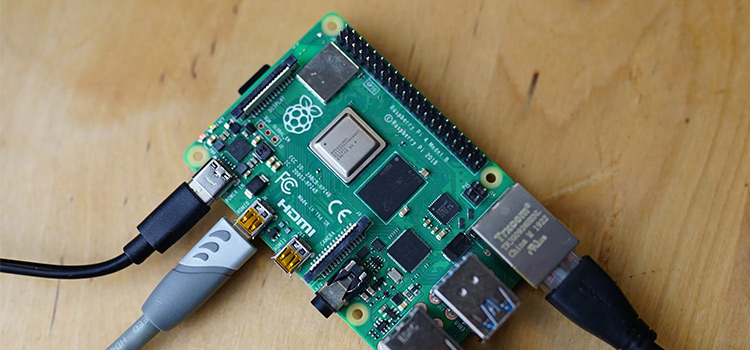Raspberry Pi 3 B Continuously Restarting

The 'Raspberry Pi' is a low-cost computer the size of a credit card that connects to a computer monitor or television and utilizes a conventional keyboard and mouse. It's a capable small device that allows individuals of all ages to learn about computers and programming languages like Scratch and Python. People use the Raspberry Pi all across the world to learn programming, develop hardware projects, automate their homes, implement Kubernetes clusters and Edge computing, and even employ them in industrial applications. The Raspberry Pi 3 model is discontinued and it is still worth looking at if you're into any sort of DIY electronics.
Why 'Raspberry Pi 3 Keeps Rebooting'
The voltage decreasing low seems to be the only reason for the reboot (probably down to about 4V). Note that the low voltage is usually the power supply or the power supply's USB cord. A board fault would be much less common.
You might suppose the Raspberry Pi is timing out or losing network connection, but this does not appear to be the case. The Raspberry Pi will reboot at various points during the installation process, causing the installation to fail.
It's almost certainly your power supply. The red LED should be solid during operation (particularly at boot time). There should be no blinking or flickering while the SD card is accessed, but the green LED should blink/flicker.
If you see the red LED blinking or flickering, it's most likely your power supply (although even if you don't, it could be electricity). If you observe a solid green LED (or no green LED), it's a software issue that requires you to re-image the SD card and perhaps replace it (I have one micro SD card that works in my old Pi-B, but not in my Pi3).
Phone chargers aren't as good as you may assume for powering a Raspberry Pi computer. Even though they are rated for 5V, several of them emit less than 5V when loaded. Recharging a phone is less voltage-sensitive than recharging a computer. Some might work, while others might not. It all depends on their actual power production when they're working.
The Raspberry Pi3's "official" power supply is 5.1V/2.5A, but many phone chargers produce less than that. If you have no method of validating the output of your phone charger, I recommend purchasing a Pi3-specific power supply. I tested the CanaKit 5V/2.5A PSU and found it to be reliable. It easily powered my Pi 3 with an external 2TB USB-powered hard disk. Of course, you can't go wrong with the foundation's official power supply.
Ventev and RAVPower phone chargers have both worked well for me, while the RAVPower is pushing the limits at 5.3V. Although the Ventev supplies I tested were only rated for 2.1A, they appeared to be capable of handling more.
It's also possible that your micro USB cord is to blame. Most USB cables are designed to deliver 5V/500mA (half an amp) at the USB ports, as specified by the USB 2.0 specification. When you try to extract additional power through a cable of ordinary or poor quality, the resistance restricts the amount of power available to the device.
The concern is that after installation, you may attempt to use the built-in web browser. When you will try to open a webpage after it starts, it will immediately begin restarting. It will finally show the desktop after rebooting automatically for 4-5 times. You may try to open the browser and then a website but the same incident will occur again. It repeatedly restarts after varied periods of time. It eventually stops connecting altogether because it keeps restarting.
Conclusion
Though raspberry pi is very much useful, like all other gadgets it also has some drawbacks. It has a sensitive power supply system which is not flexible for all situations. So, to get the best performance from raspberry, you must maintain a constant voltage supply.
Reader Interactions
mccormickofat1999.blogspot.com
Source: https://www.techdim.com/raspberry-pi-3-keeps-rebooting/
0 Response to "Raspberry Pi 3 B Continuously Restarting"
Post a Comment